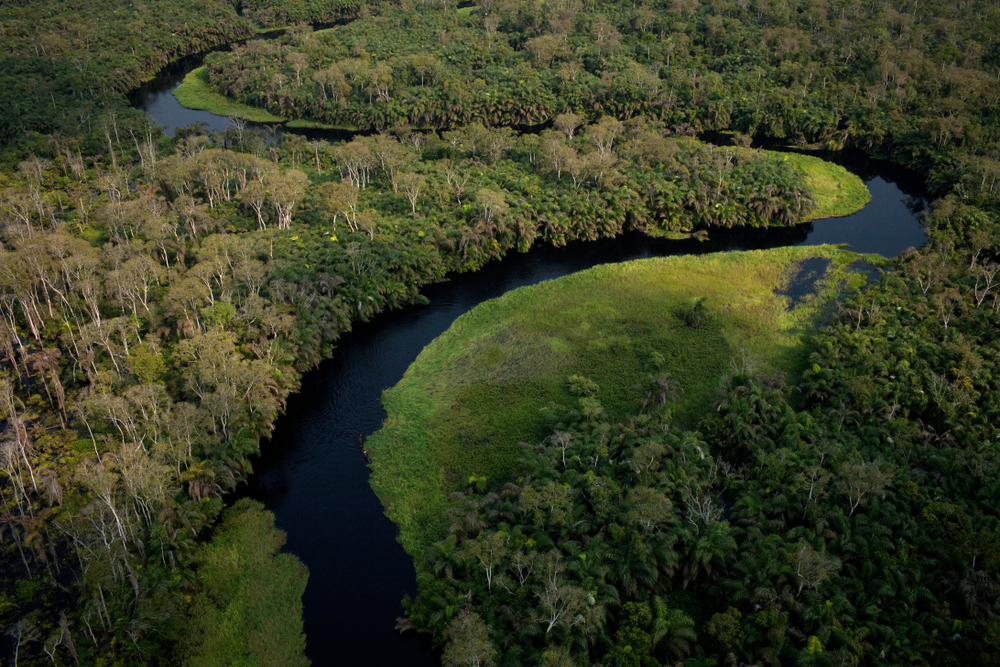The Amazon jungle, the world’s largest rainforest, stretches across eight South American countries and is renowned for its rich biodiversity. Over the years, the region has been shrouded in various mysteries that continue to captivate imaginations.

One enduring enigma revolves around Eldorado, a mythical city of gold deep within the Amazon. Stories of Eldorado emerged with the accounts of early Spanish explorers who believed in its existence. Legends describe this city as a place adorned with gold and precious gems. However, conflicting theories persist, with some considering it a real city, while others argue it’s a mere myth. Numerous expeditions have sought to unveil the truth, but Eldorado remains elusive.
The Amazon jungle is also home to isolated tribes, hidden from the modern world. These tribes live in seclusion, and much about their culture and daily lives remains a mystery. Their existence adds an air of intrigue to the vast rainforest, sparking curiosity about their traditions and customs.
Deep within the Amazon, evidence of an ancient past emerges in the form of Ice Age paintings. These artworks suggest that the region was once covered by ice, raising questions about the people who created these images. It is believed that local tribes, with their intricate knowledge of the environment, crafted these paintings, providing a glimpse into the historical ecology of the Amazon.
A surprising discovery in 2019 added to the mystique of the Amazon. The carcass of a novel whale species was found in the jungle, far from its expected habitat in the Atlantic. This finding puzzled scientists, as it contradicted the usual migratory patterns of whales. The mystery deepened as the discovery occurred in February, a time when winter should deter whales from venturing into the Amazon.
In 2013, a peculiar structure in the Amazon perplexed researchers. Initially thought to be a spider’s nest, the structure’s true nature remains uncertain. Some propose it as a symbol of an ancient culture, showcasing the diverse mysteries hidden within the heart of the Amazon rainforest.

